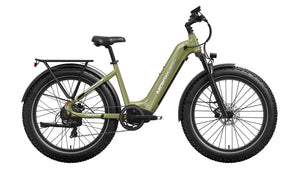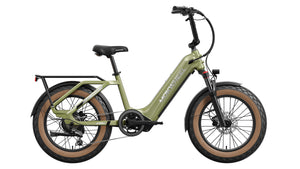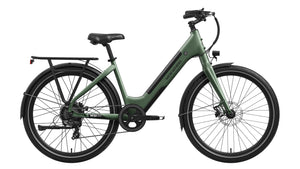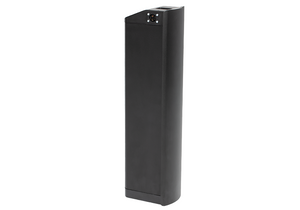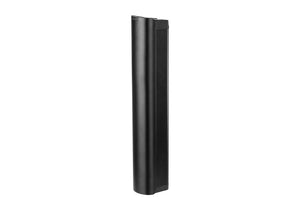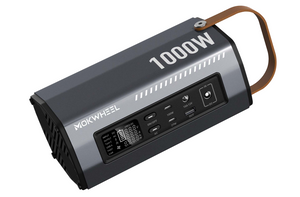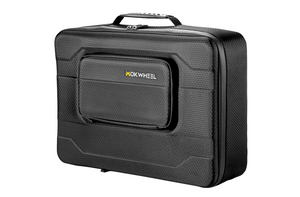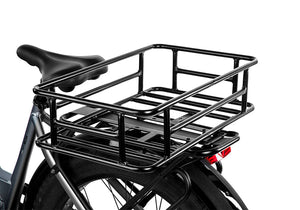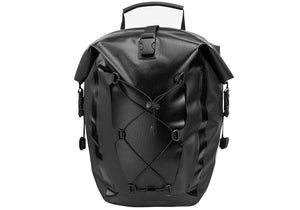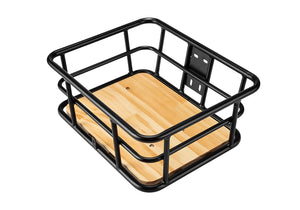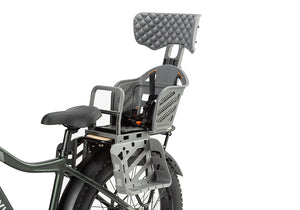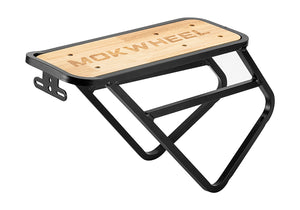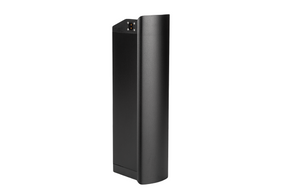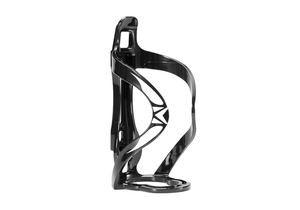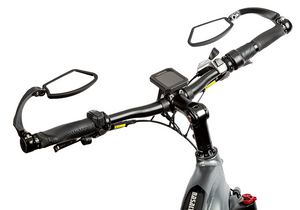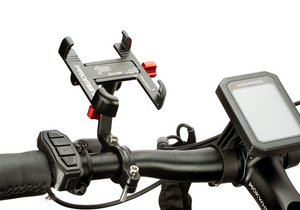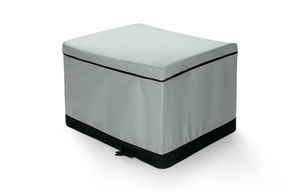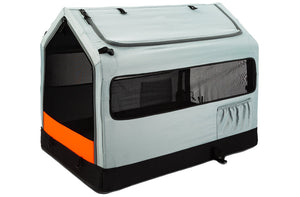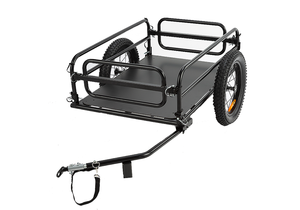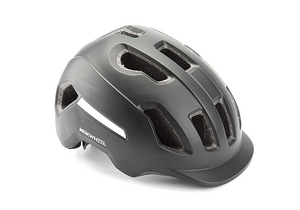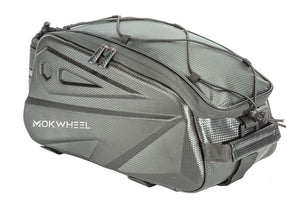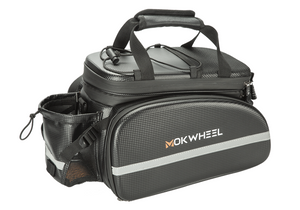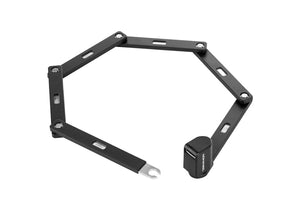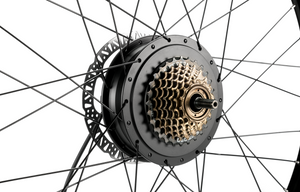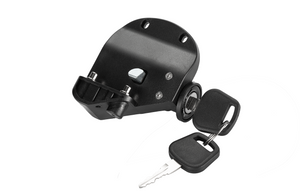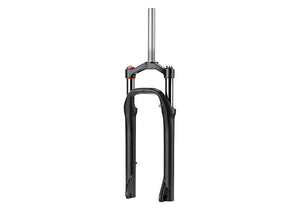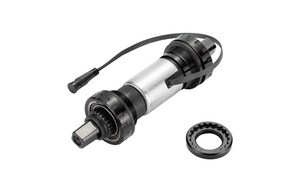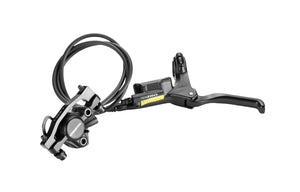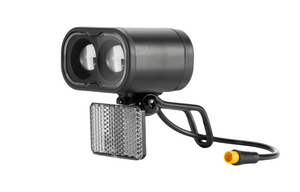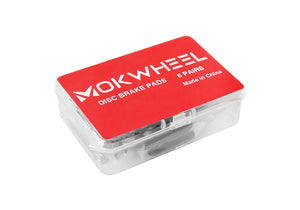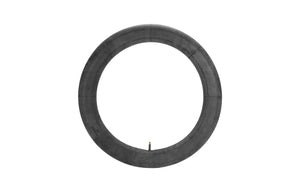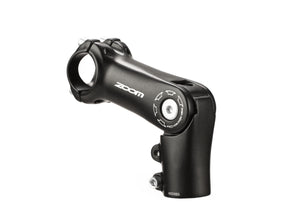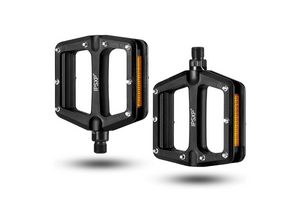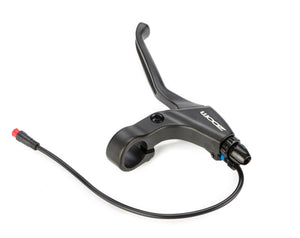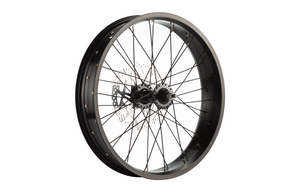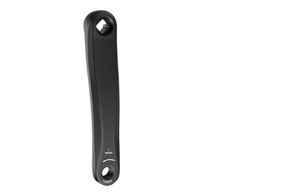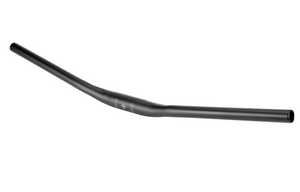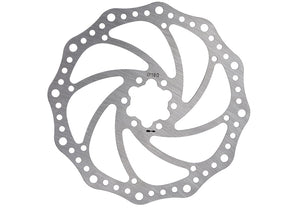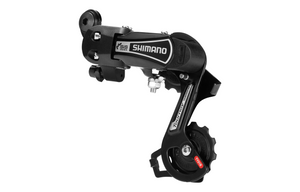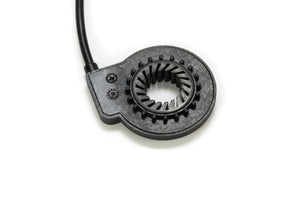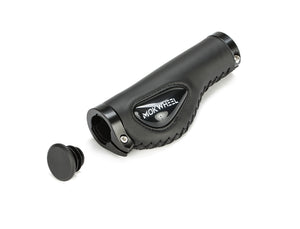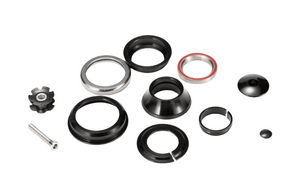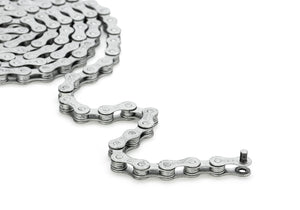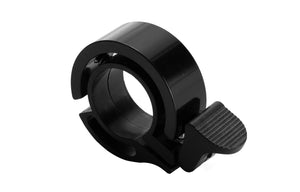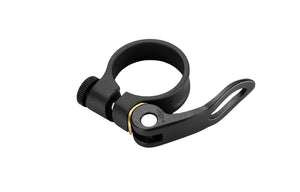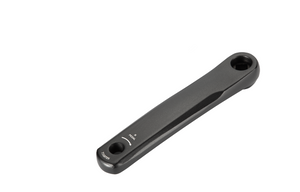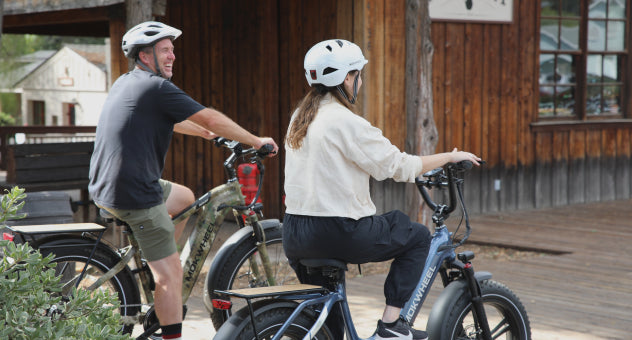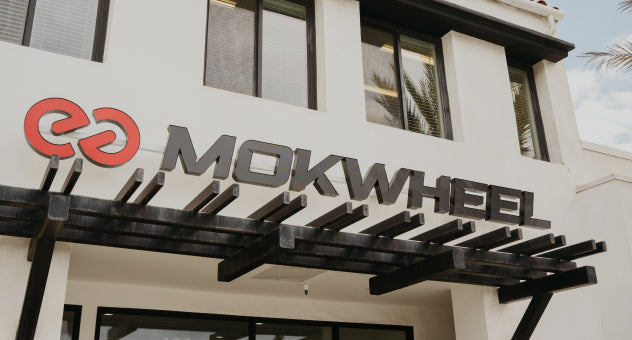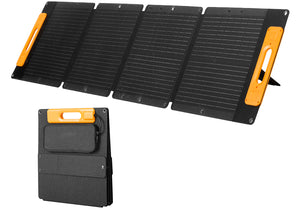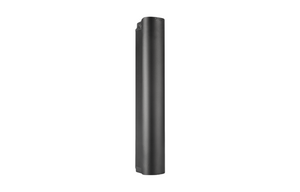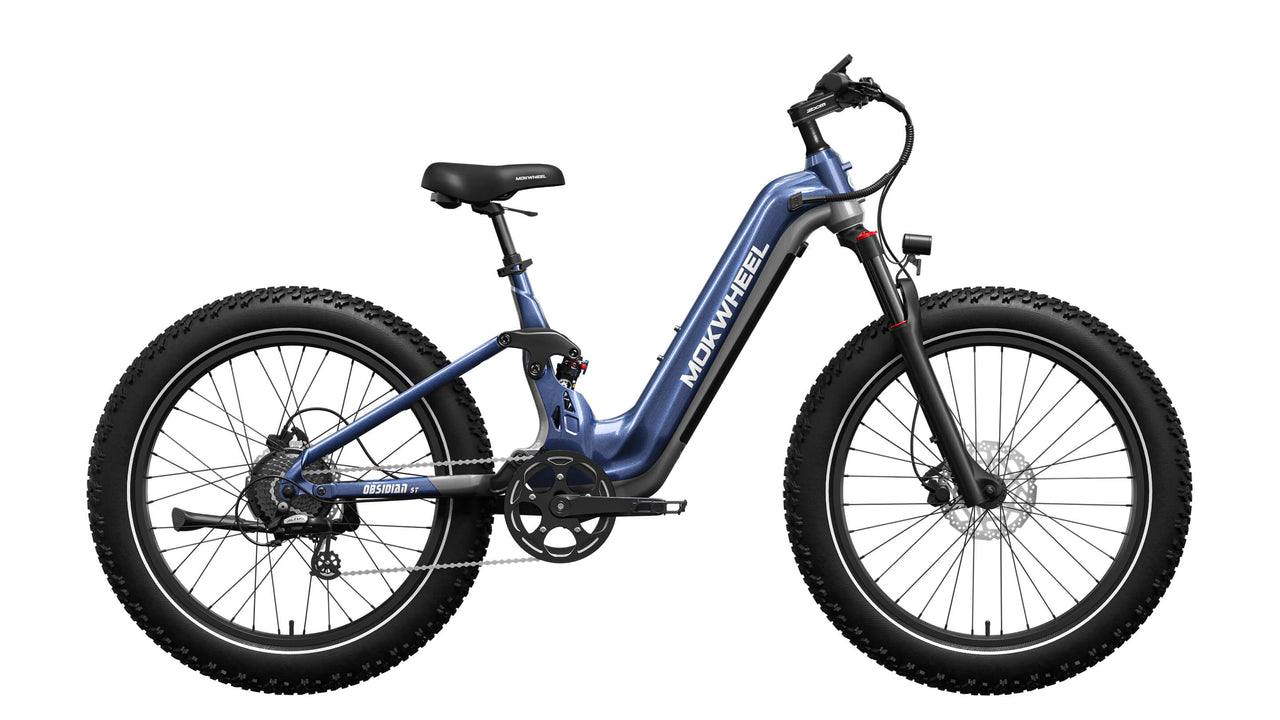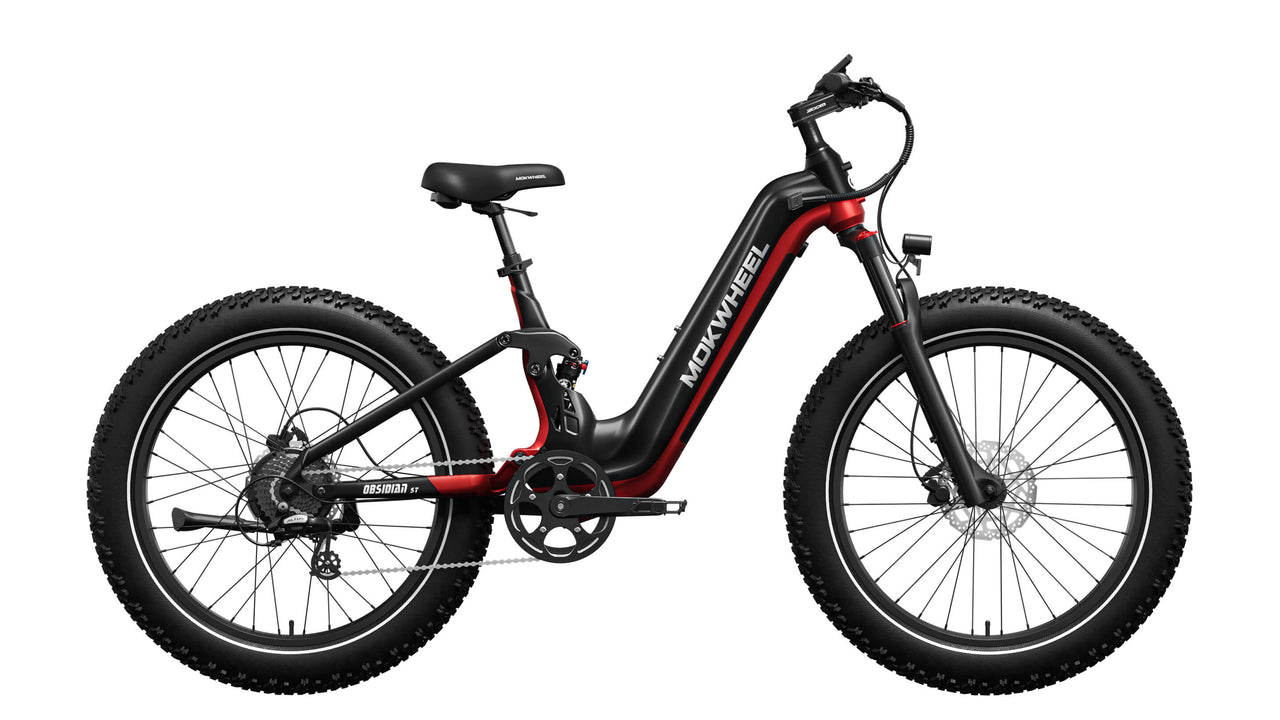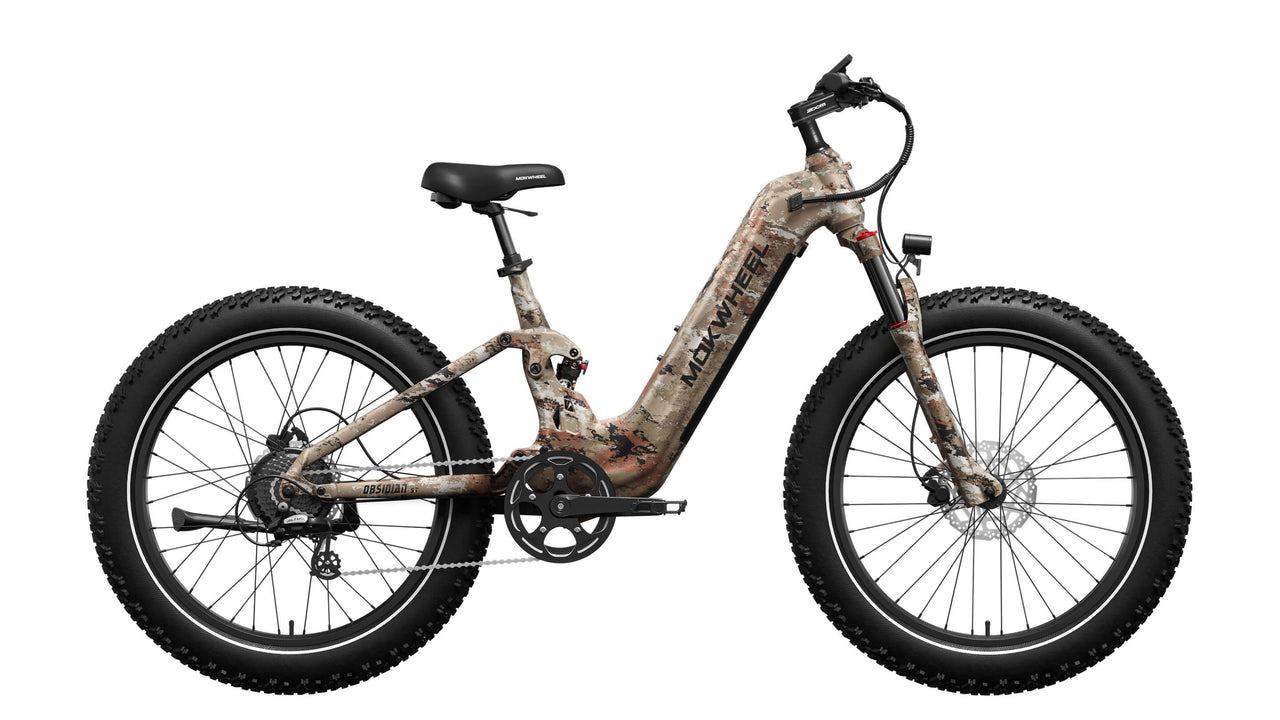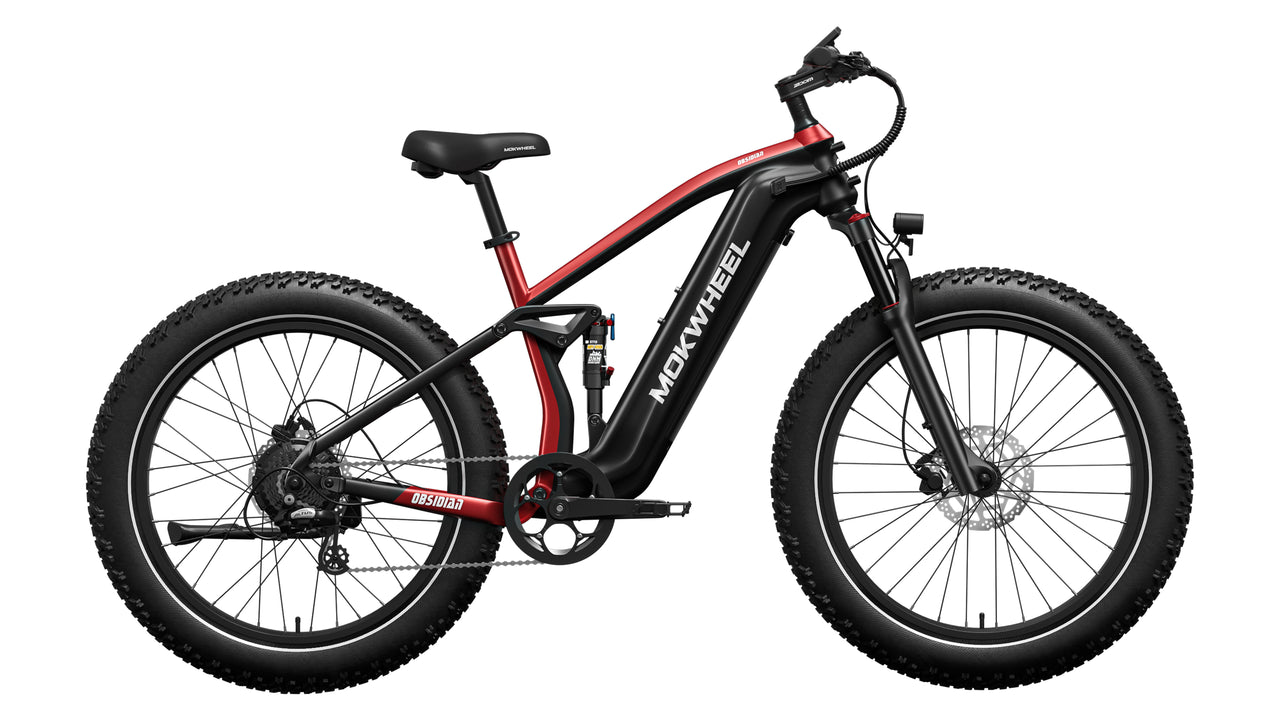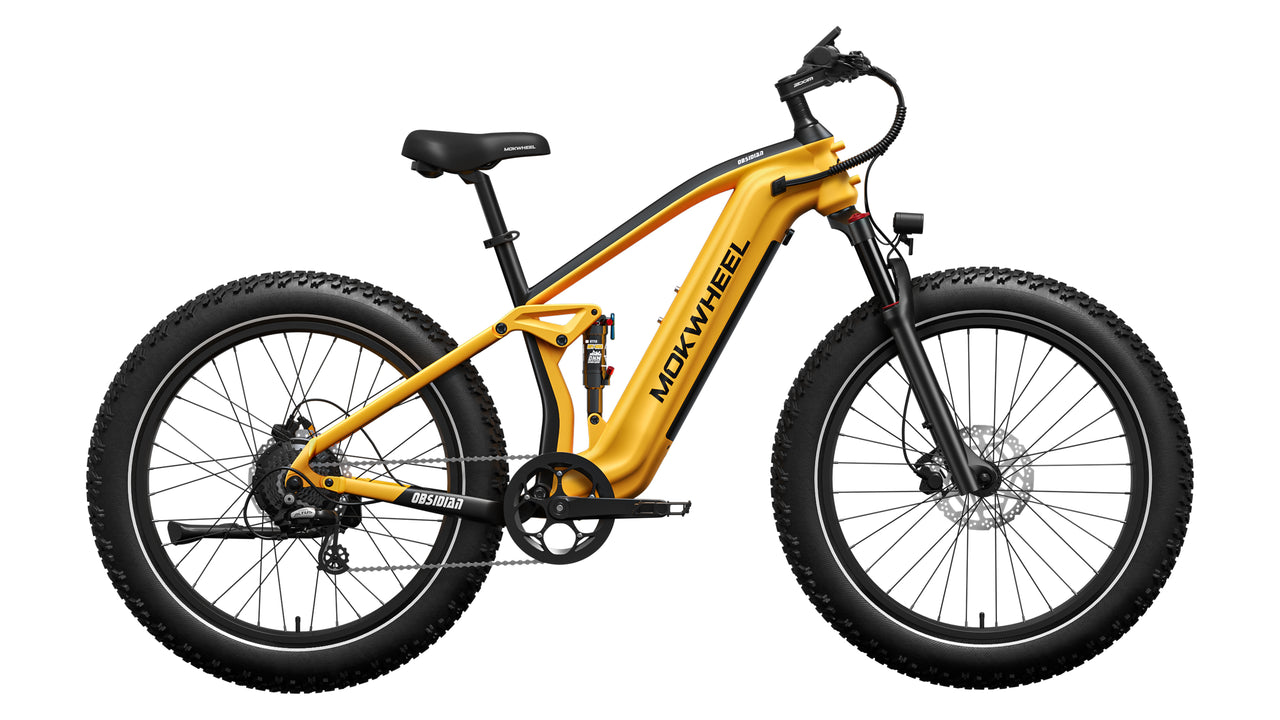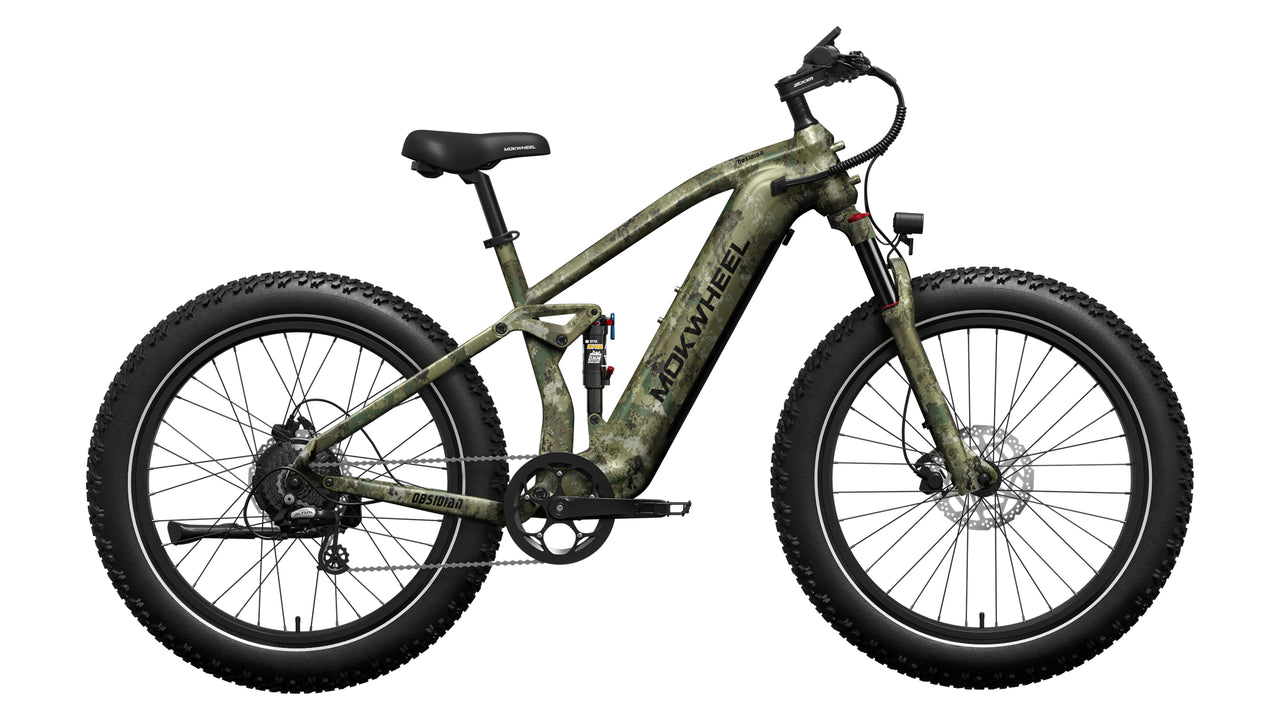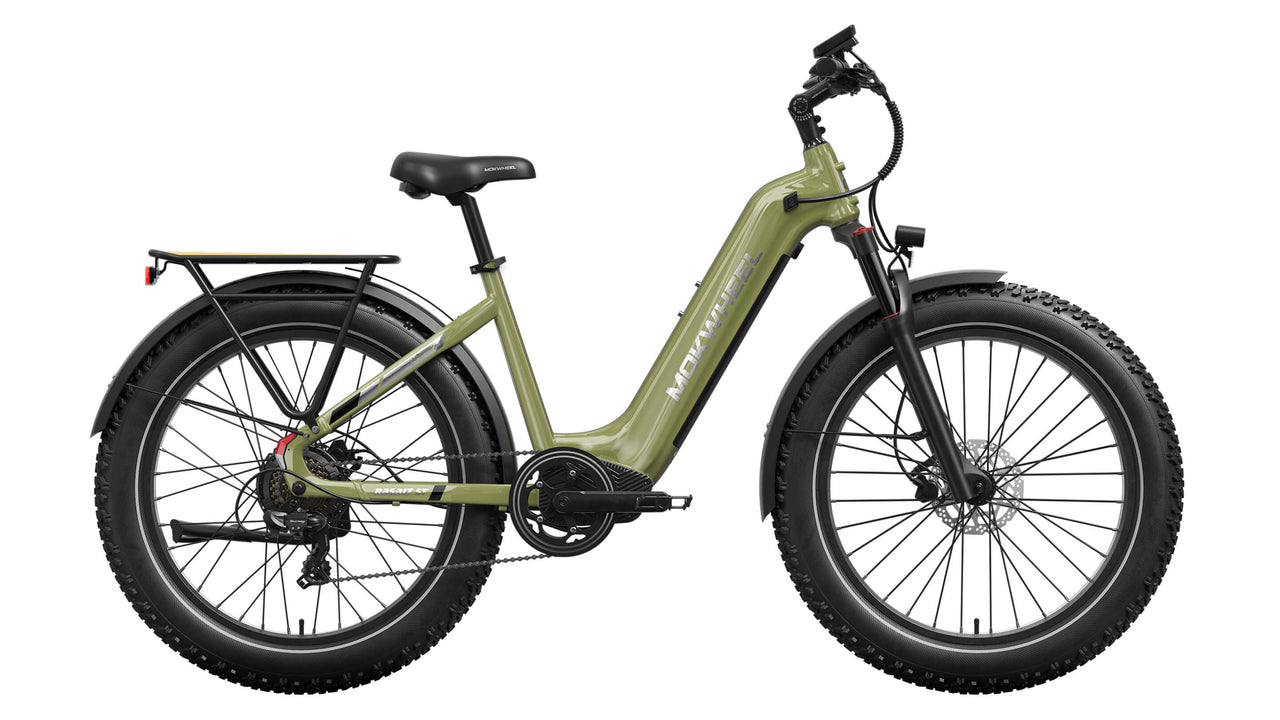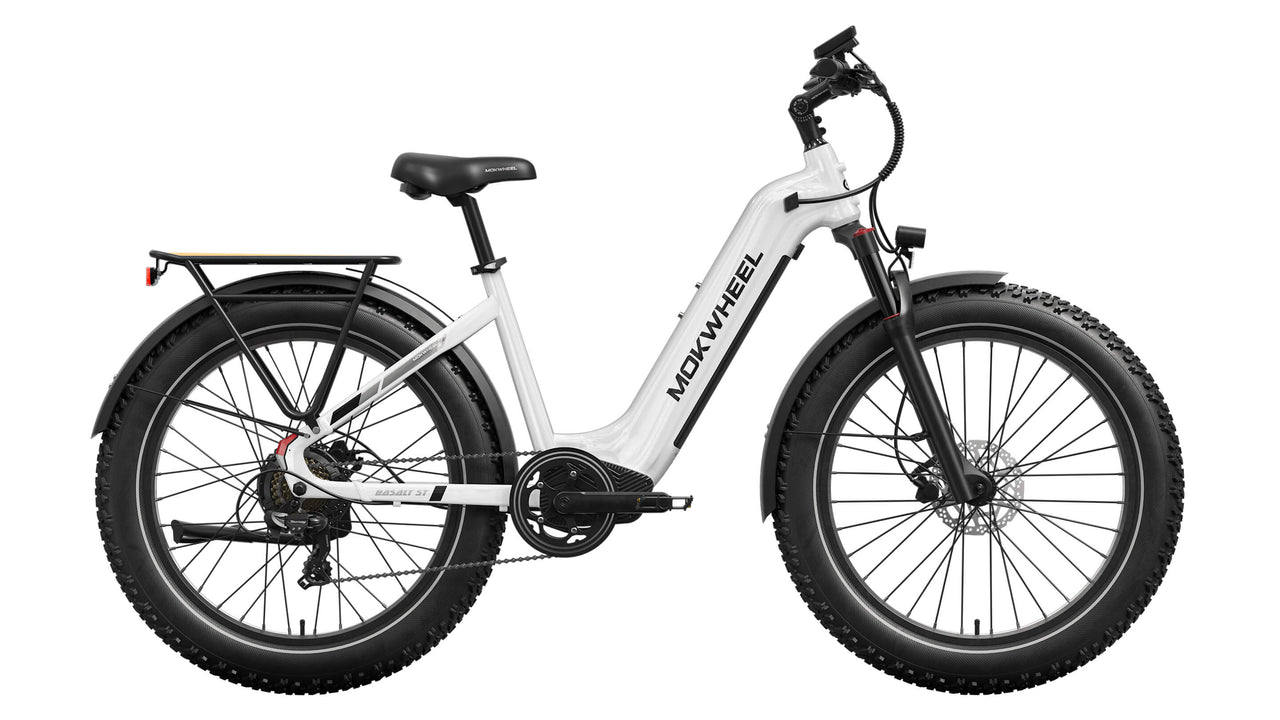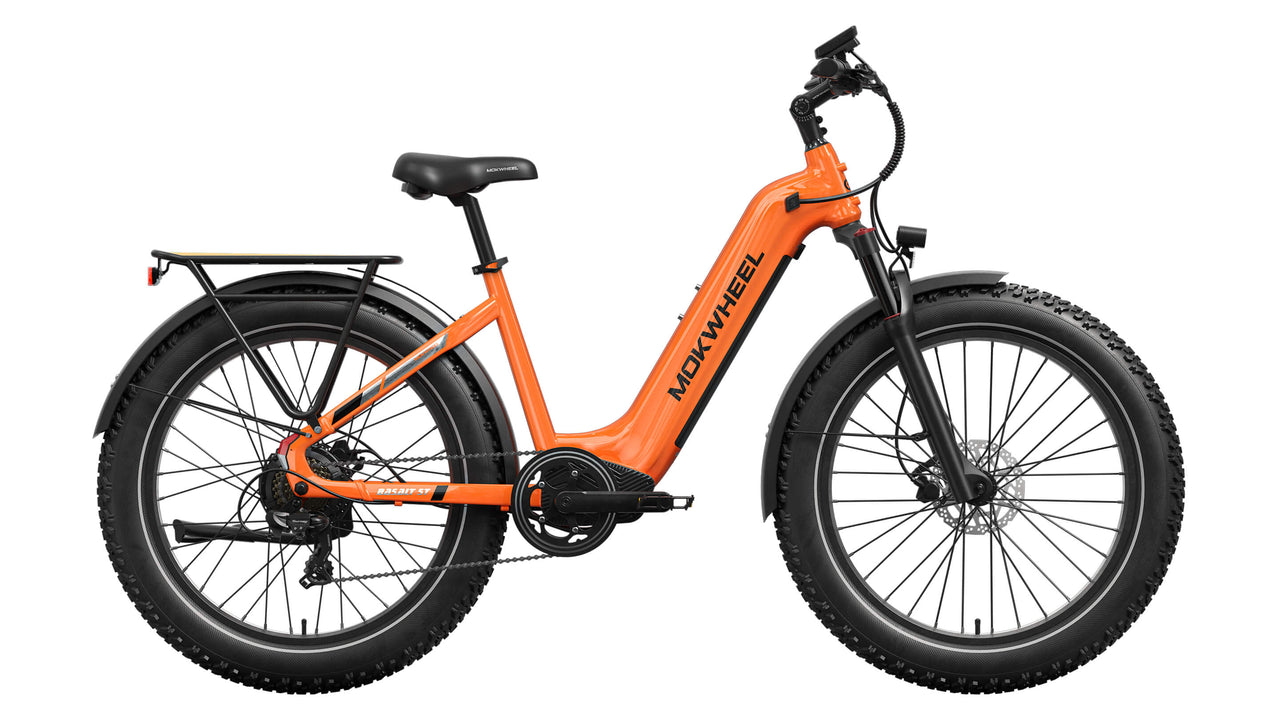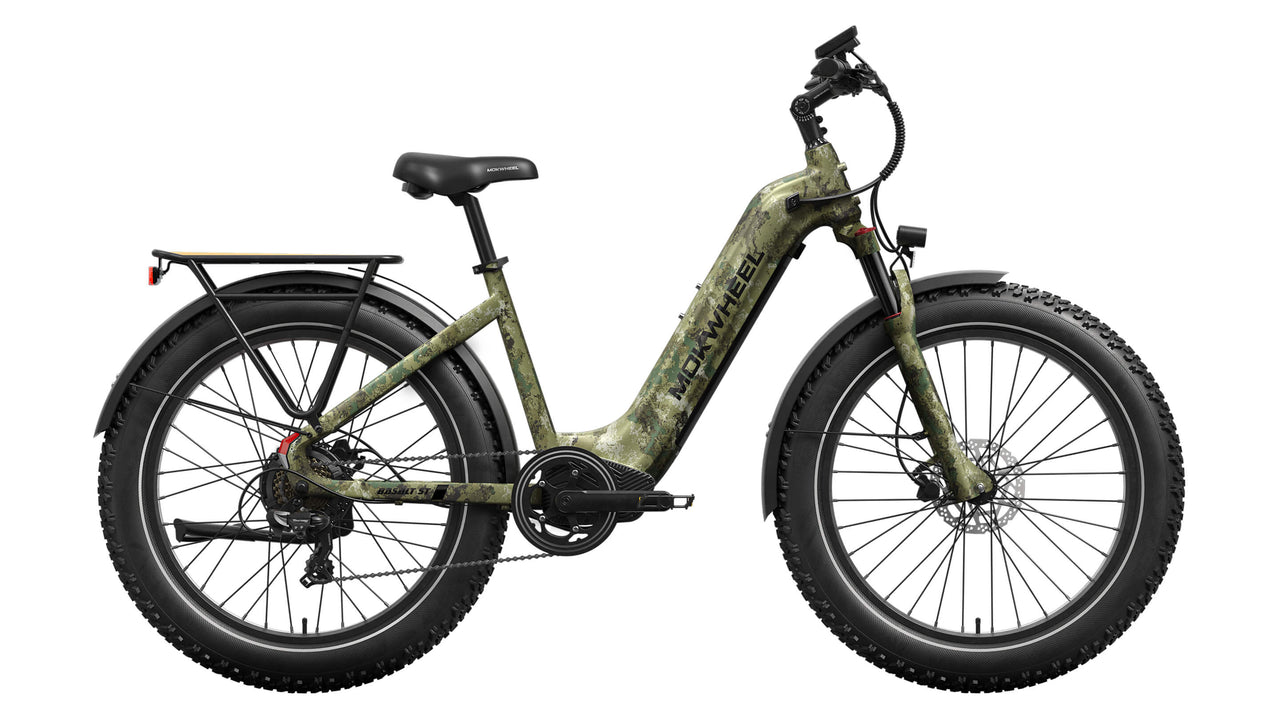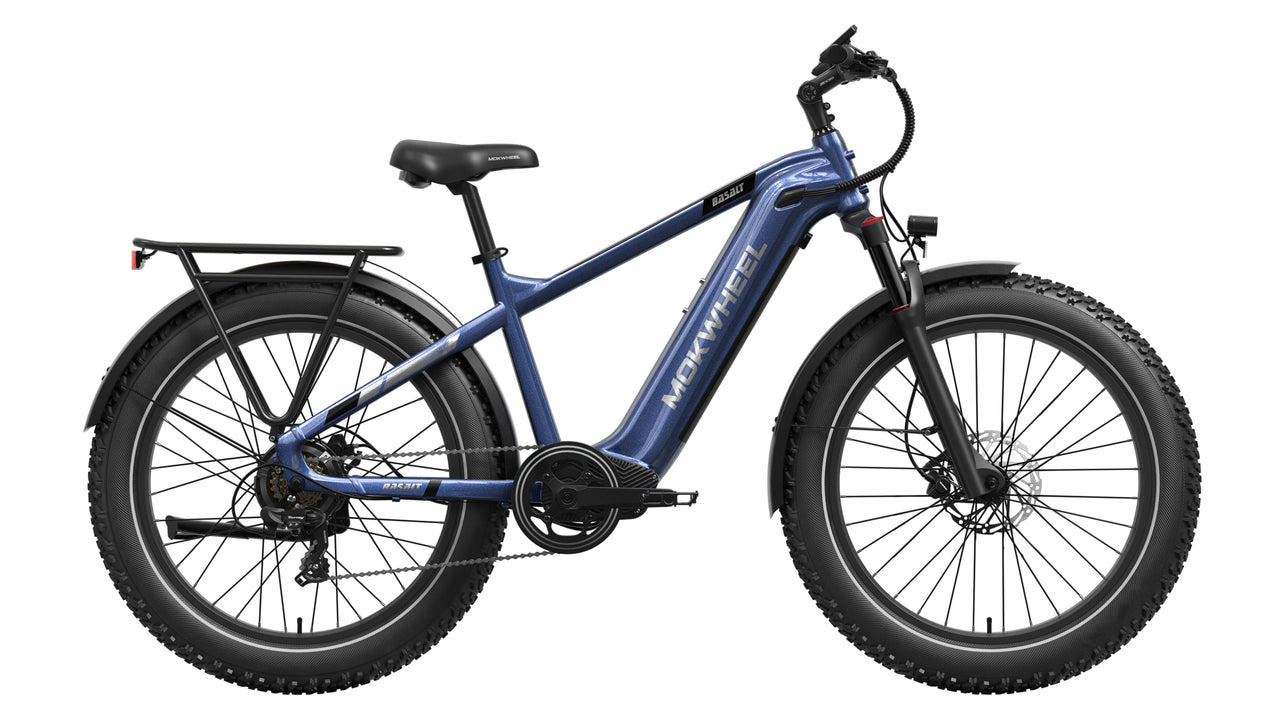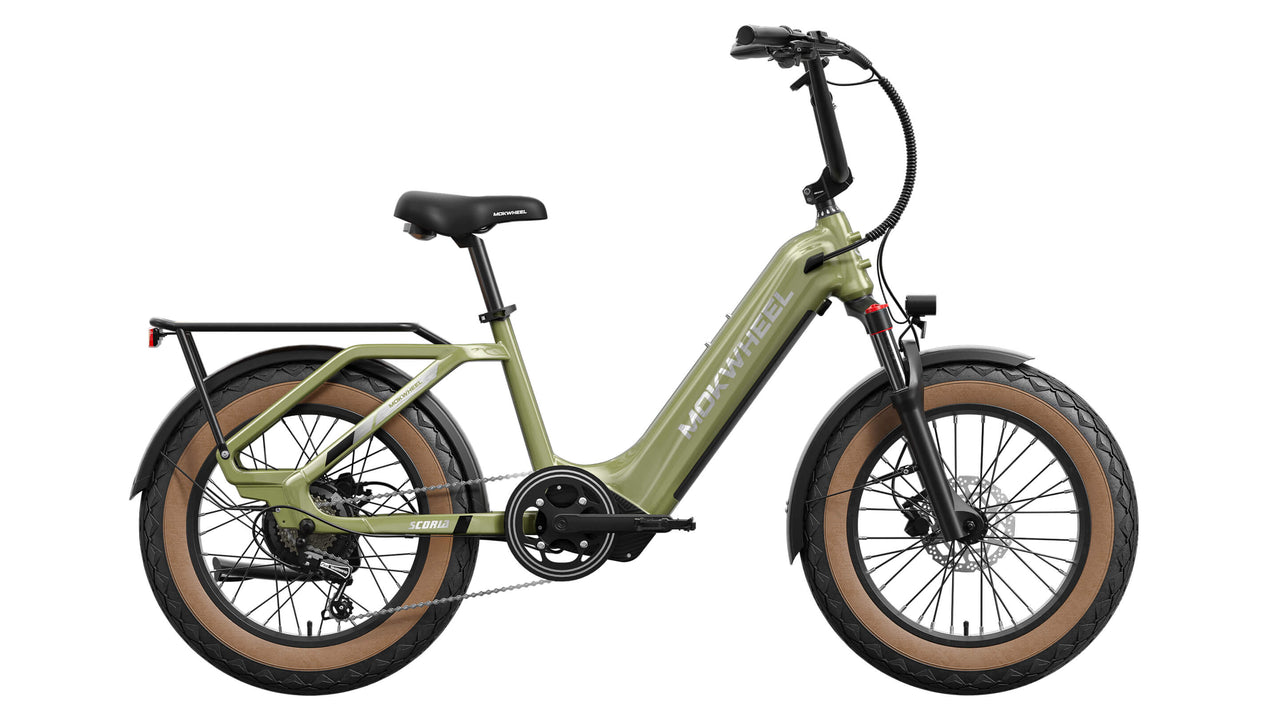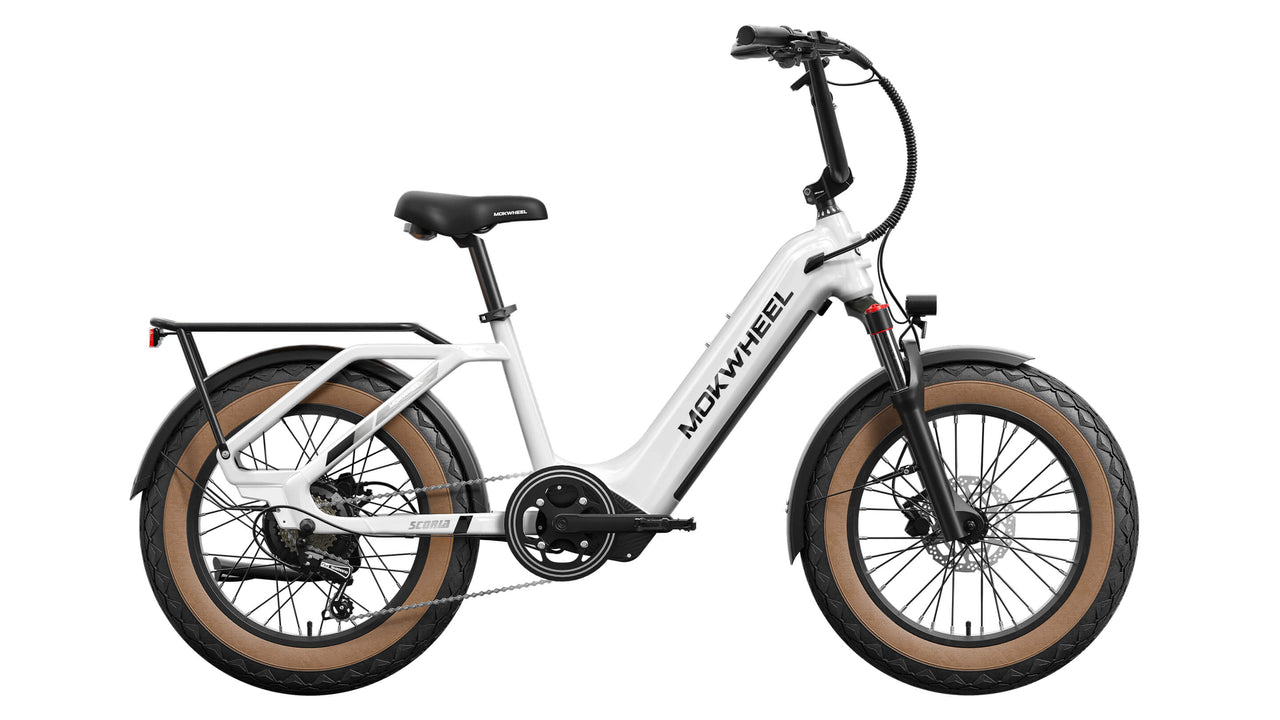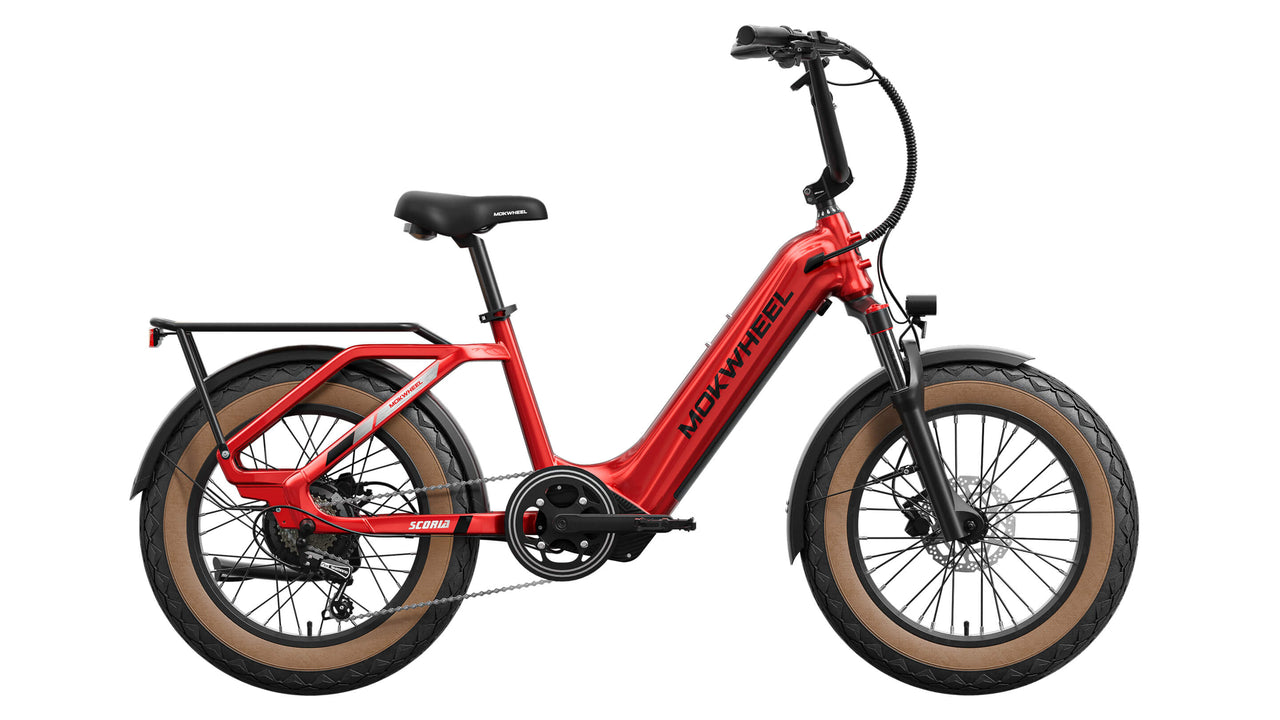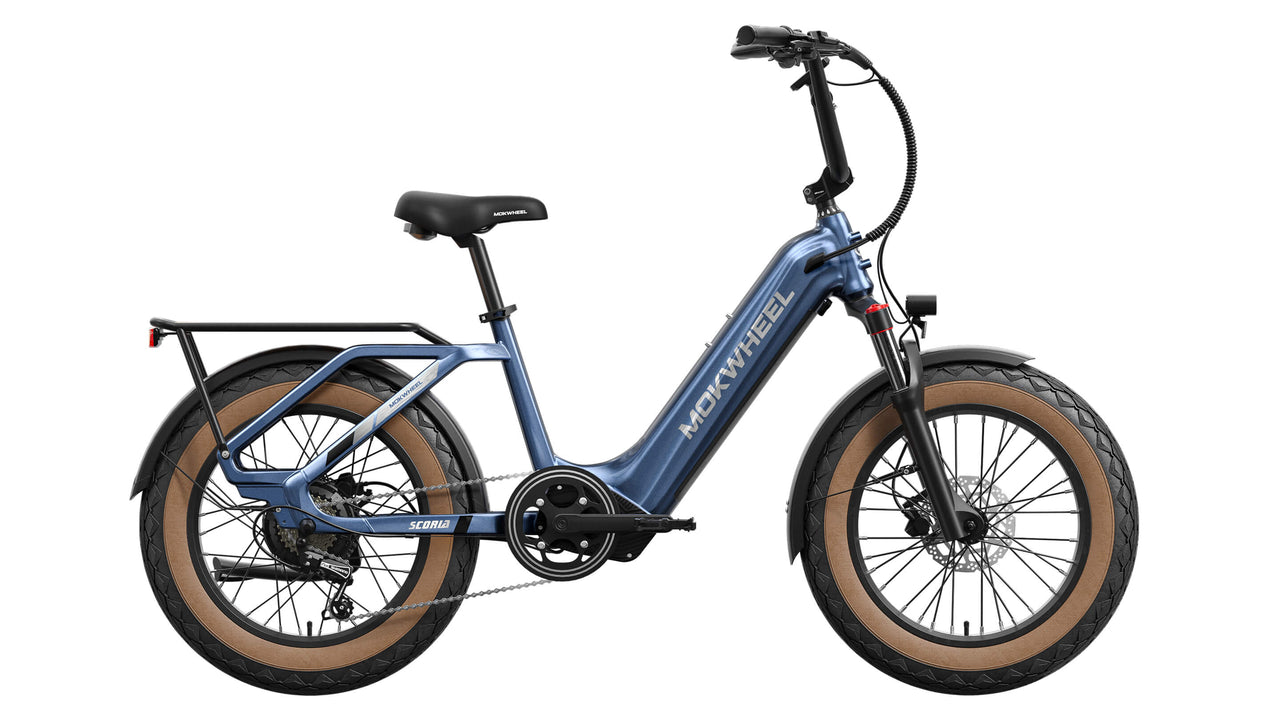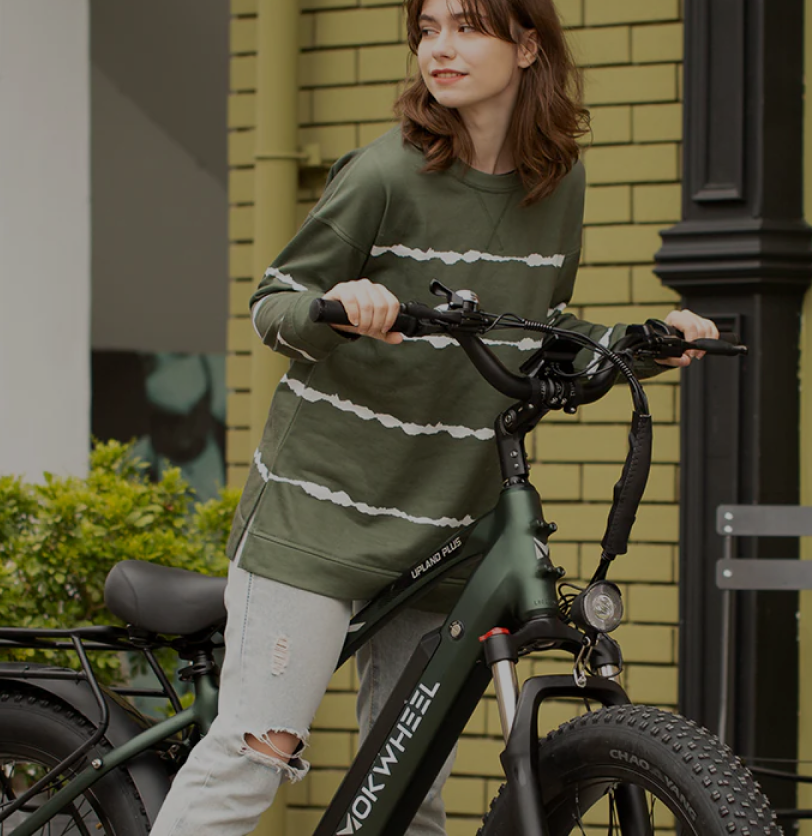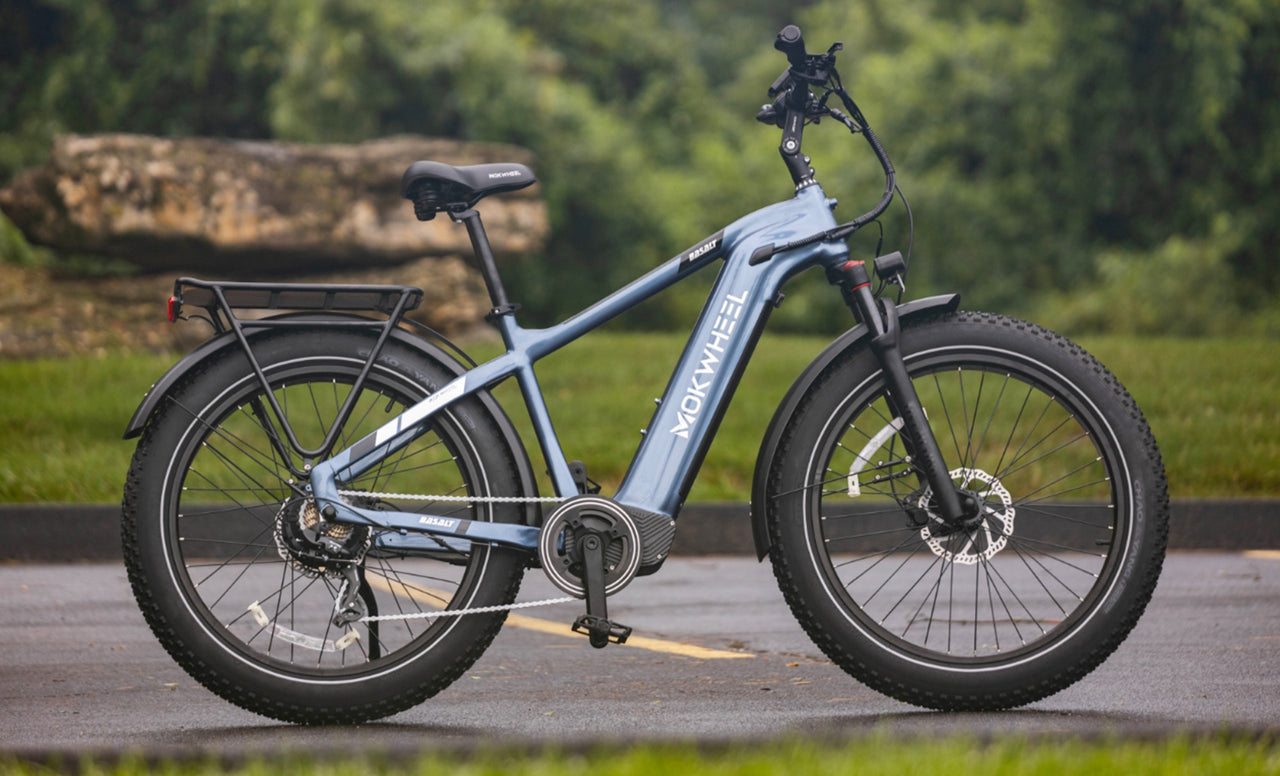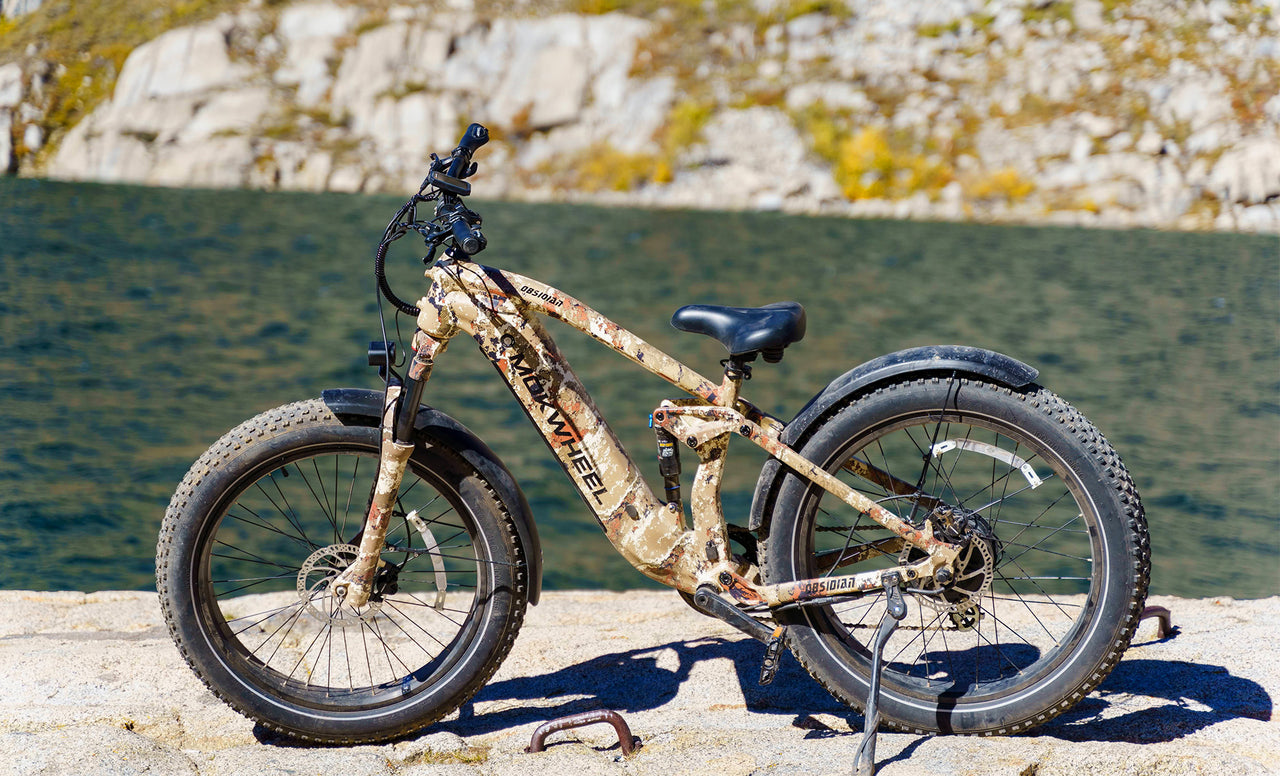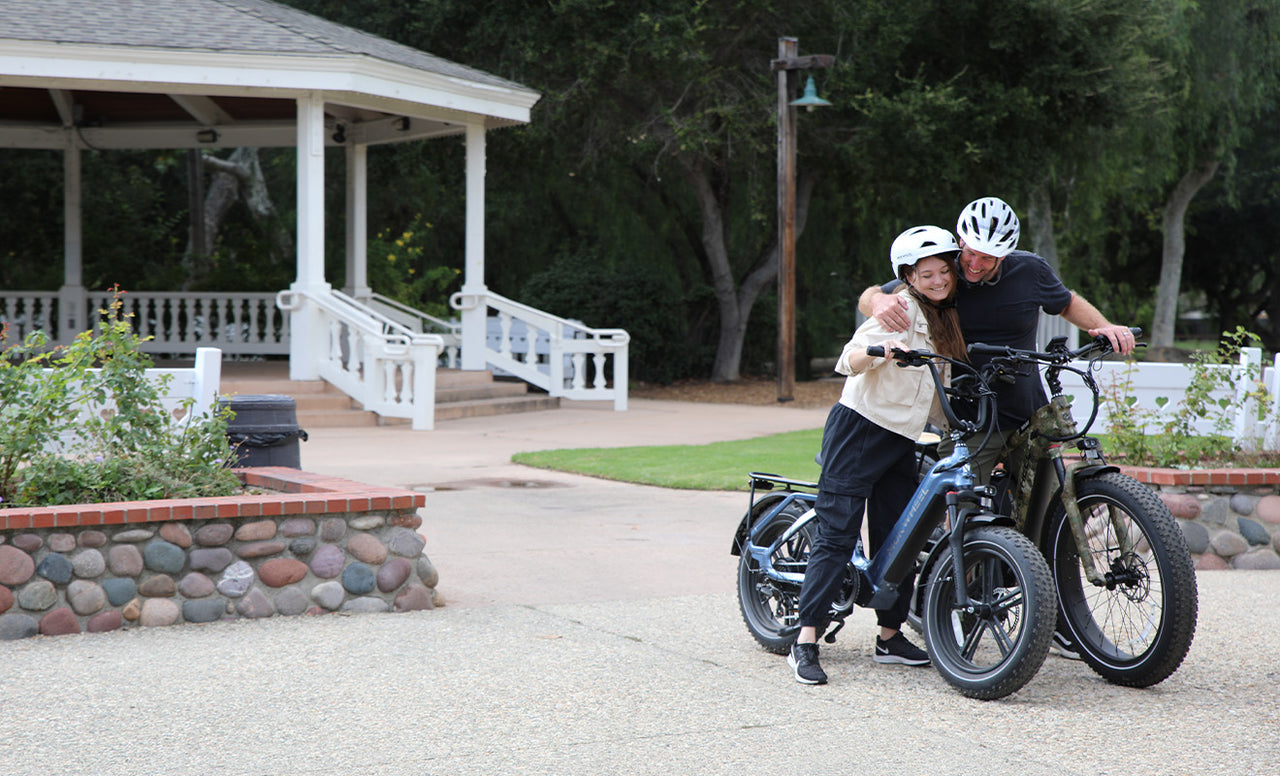What are e-bike class differences?
It takes some time for laws to catch up to technology, so there was a brief period when e-bikes had no official classification. Nobody knew whether they were considered bicycles or motors; thus, choosing the appropriate lane to ride them in was also a puzzle. However, as of 2020, the electric bikes have officially gotten their classifications, separated into classes 1, 2, and 3.
With that said, manufacturers are never consistent with the class specifications of the bikes. Therefore, you need to learn more about the classes and your local laws of e-bikes before you decide to purchase one. Below, you have a general breakdown of each class.
Class 1
The class 1 e-bikes could simply be described as regular bikes with an extra kick. These types of e-bikes will add power to the motor when you start to pedal. Some bikes are designed to give you more assistance the harder you push, while others will let you set the level of assistance instead.
For an e-bike to be classified as a class 1 electric bike, the form of assistance is not that important; what matters is that it caps at 20mph. This does not mean that you cannot go faster than 20mph; it just means that once you reach that speed, the motor will not be helping you anymore. The way your e-bike will cut off that assistance will depend on your manufacturer; some e-bikes cut off the power suddenly others do it smoothly.
Class 2
The class 2 e-bikes are not that different from class 1. The only difference that they have is the involvement of a throttle. The throttle offers forward momentum without the need for pedaling. However, 20mph is still the cap for the power; thus, the throttle will stop working when you go above that limit.
Many people do not like having a throttle on their e-bike, but it was proven to be quite useful. Some electric bikes can be pretty heavy, and depending on terrain, you might need that extra push to get going. The throttle is also particularly useful in traffic, as you can have a quick burst of speed when needed.
Class 3 e-bikes
The class 3 electric bikes are also the fastest. Instead of getting assistance only up to 20mph, class 3 e-bikes offer assistance up to 28mph. Of course, just like with classes 1 and 2, this does not mean that you cannot go above this speed. It just means that you will no longer get assistance when you go over the 28mph limit.
However, exceeding the 28mph limit is rare unless you ride down the hill. In that case, the motor will stop contributing and assist you once you start pedaling. Another requirement for this class is for your electric bike to have a speedometer.
What class is the best?
This all depends on your personal preference, what kind of e-bike would suit your needs and lifestyle. Keep in mind that class 3 e-bikes often double as class 2 e-bikes. For example, Mokwheel electric bikes work as both class 2 and class 3 e-bikes, depending on how you choose to set them up. Mokwheel e-bikes come with a lot of perks, including a half-twist throttle that is more comfortable and safer than the general full twist design.












